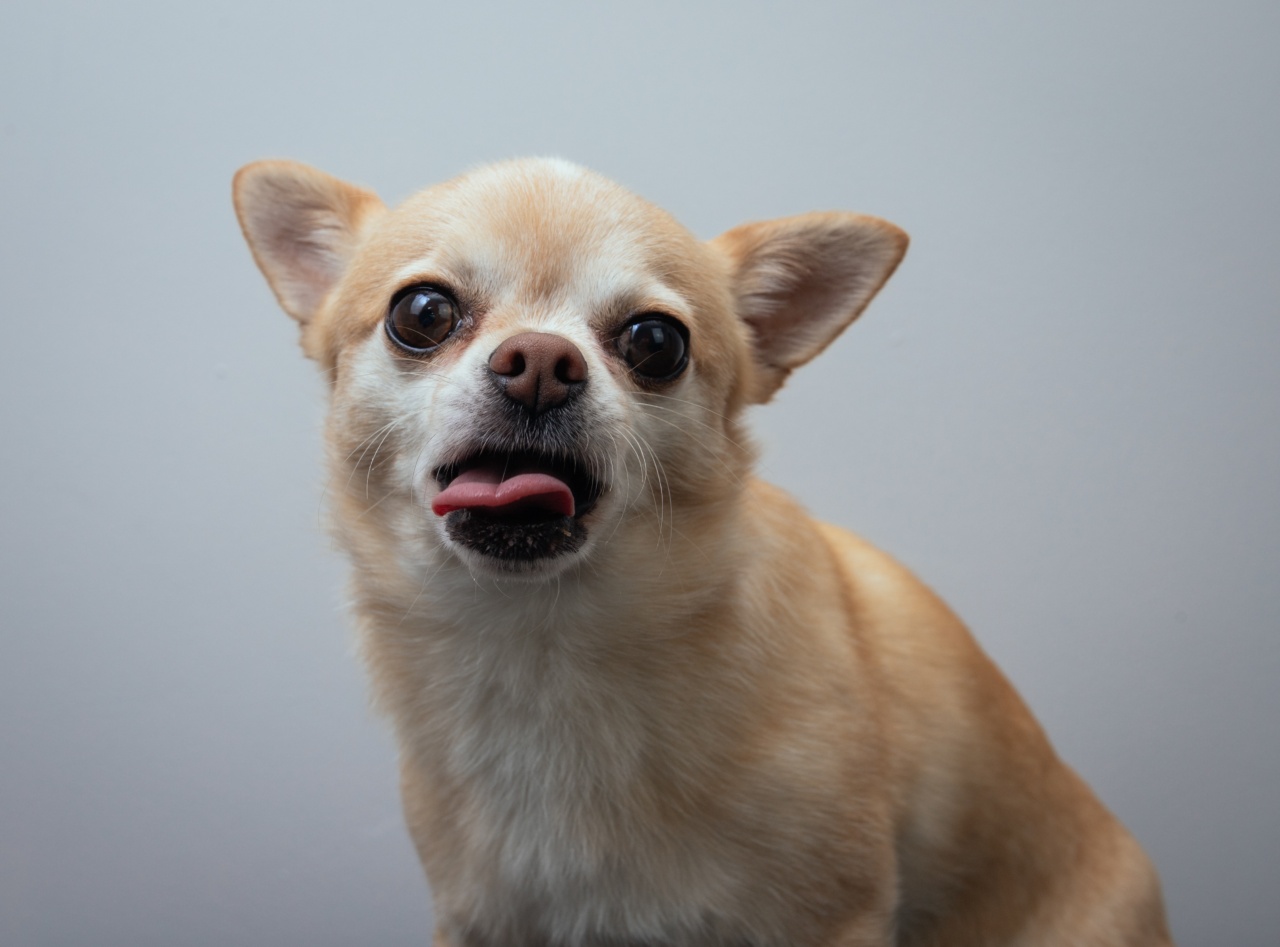Dogs are known for their boundless energy, playful nature, and loyalty towards their owners. However, just like humans, they can display some unwanted behaviors from time to time.
These behaviors can range from excessive barking, chewing on furniture, jumping on guests, or even aggressive tendencies. As responsible pet owners, it is crucial to understand the underlying factors contributing to these behaviors and determine whether we are unwittingly reinforcing them.
This article will delve into the concept of unintentional reinforcement and provide guidance on how to break the cycle for the betterment of your furry friend’s behavior.
The Role of Reinforcement in Dog Behavior
Reinforcement plays a pivotal role in shaping and maintaining dog behavior. By definition, reinforcement is a consequence that increases the likelihood of a behavior being repeated in the future.
In the context of your dog’s behavior, reinforcement can be either positive or negative. Positive reinforcement occurs when you reward your dog for exhibiting a desired behavior, while negative reinforcement involves removing an unpleasant stimulus when your dog behaves appropriately.
Both types of reinforcement can inadvertently reinforce unwanted behaviors if not employed correctly.
Unintentional Reinforcement: Examples and Impact on Dog Behavior
Without realizing it, dog owners can accidentally reinforce behaviors that they actually wish to eliminate. Let’s explore a few common scenarios where this can occur.
1. Barking Behavior
Dogs bark for various reasons, such as alerting their owners to potential threats, expressing boredom, or seeking attention.
If your dog barks excessively and you react by yelling, shouting, or even just talking to them, you inadvertently reward their barking behavior with attention. This can reinforce the belief that barking is an effective way to communicate their needs, leading to more incessant barking in the future.
2. Jumping on Guests
While the sight of your dog enthusiastically greeting your guests with leaps and bounds can seem adorable, it can quickly become overwhelming and uncomfortable for some visitors.
If you respond to this behavior by engaging in exciting, physical play or showering your dog with attention, you are inadvertently reinforcing the idea that jumping on people is an acceptable form of greeting. Consequently, your dog will continue to display this behavior in the hopes of receiving the same positive response.
3. Separation Anxiety
Dogs are social animals, and being left alone for long periods can trigger anxiety, which manifests through destructive behaviors like excessive barking, chewing, or urinating inappropriately.
Often, owners unwittingly reinforce these behaviors by showering their dogs with affection or exhibiting excessive excitement upon their return. While these actions might be well-intentioned, they reinforce the anxious behavior and can make it even more challenging to eliminate.
Recognizing Unintentional Reinforcement
It’s essential to be mindful of the unintentional reinforcement you may be providing to your dog. Here are some signs that your dog’s behavior is being unknowingly reinforced:.
1. The Behavior Persists and Intensifies
If a behavior persists and worsens over time, it may be an indication that unintentional reinforcement is at play.
For instance, if your dog continues to bark excessively despite your attempts to deter them, it’s likely that your response unknowingly reinforces their belief that barking is advantageous.
2. Your Response Triggers Immediate Repeating Behavior
If your dog immediately repeats a behavior after you respond, it suggests that they perceive your reaction as reinforcement.
For example, if your dog jumps on you when you enter the house, and you pet them as a response, they will quickly learn that jumping leads to receiving affection or attention.
3. Change in Behavior Based on Different People
Observe whether your dog’s behavior differs when interacting with different individuals. If your dog jumps on certain people, but not others, it implies that the reinforcement provided by those individuals encourages the behavior unknowingly.
Breaking the Cycle of Unintentional Reinforcement
Recognizing the unintentional reinforcement is the first step towards modifying your dog’s behavior. Here are some actionable tips to help you break the cycle:.
1. Consistency is Key
Consistency is vital when trying to eliminate unwanted behaviors. All members of your household must adopt the same approach to avoid confusing your dog. Establish clear rules and boundaries and ensure everyone understands and follows them consistently.
2. Reinforce Desired Behaviors
Instead of inadvertently rewarding your dog for unwanted behaviors, ensure you focus on rewarding them for exhibiting desirable behaviors.
For example, if your dog is prone to barking excessively, wait for a moment when they are quiet, and reward them with praise, treats, or playtime to reinforce the silence rather than the barking.
3. Replace Undesirable Behaviors
A helpful technique is to replace undesirable behaviors with more appropriate alternatives. For instance, if your dog tends to jump on guests, train them to greet people by sitting instead.
Reinforce and reward this alternative behavior consistently, gradually replacing the undesirable one.
4. Use Positive Reinforcement Techniques
Positive reinforcement techniques involve offering rewards, praise, and affection when your dog behaves as desired. Use treats, verbal cues, and petting to encourage and reinforce good behavior consistently.
Avoid punishing or scolding your dog, as this may create fear and anxiety, exacerbating their unwanted behaviors.
5. Seek Professional Guidance if Needed
If you find it challenging to modify your dog’s behavior on your own or if the behaviors persist despite your efforts, consider seeking help from a professional dog trainer or animal behaviorist.
They can assess the situation, provide expert advice, and implement specific training techniques tailored to your dog’s needs.
Conclusion
As dog owners, it’s crucial to be aware of unintentional reinforcement and its impact on your dog’s behavior.
By recognizing and modifying your approach, consistently reinforcing positive behaviors, and seeking professional help when necessary, you can break the cycle of unintentional reinforcement and foster a well-behaved and happy canine companion.

























